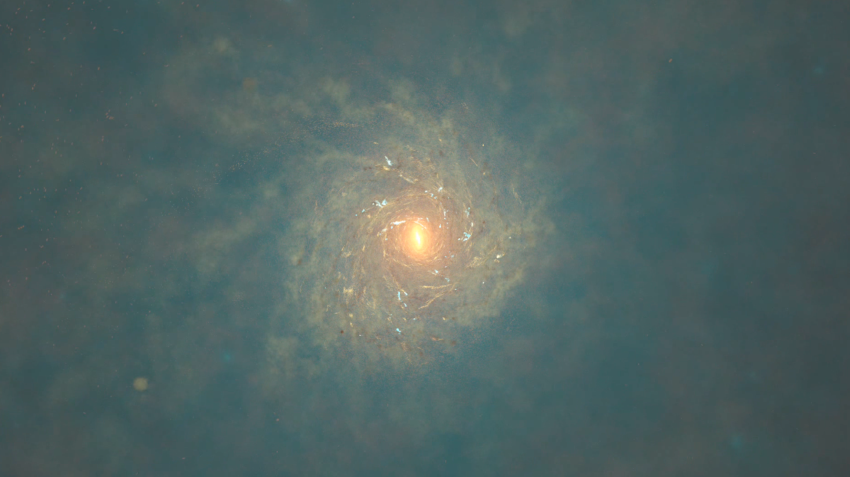Scientists discover the "birthplace" of gold-rich stars

A team of researchers from the University of Notre Dame and Tohoku University has revealed the "birthplace" of so-called "gold-rich" stars.
Gold-rich" stars are defined as stars that contain an abundance of heavy elements other than iron, including the "jewelry store elements" gold and platinum, according to research published in the monthly journal the Royal Astronomical Society.
Scientists have discovered hundreds of gold-rich stars with the most modern telescopes around the world. The mystery about it is when, where and how these stars formed in the history of the Milky Way, the galaxy in which we live.
The team found that most of the gold-rich stars formed in small progenitor galaxies of the Milky Way more than 10 billion years ago, shedding light on the stars' past for the first time.

In order to reach this conclusion, the team traced the formation of the Milky Way from the Big Bang to the present with numerical simulations.
This simulation has the highest temporal resolution achieved to date - and can accurately determine the cycle of star-forming materials in the Milky Way.
The simulation was produced over several months using the ATERUI II supercomputer at the Computational Science Center at the National Astronomical Observatory of Japan.
The simulation enabled the researchers to analyze the formation of gold-rich stars in the Milky Way for the first time. The standard cosmology used by the simulation predicts that the Milky Way grew by the accumulation and merger of young progenitor galaxies.
The simulation data revealed that some of the progenitor galaxies, which existed more than 10 billion years ago, contained large amounts of the heaviest elements.
Elements heavier than iron, such as gold and platinum, come from a type of neutron star merger (when the cores of two dying stars collide), known as fast neutron capture (R-process), which is thought to be common in small galaxies.
Each neutron star merger event, a proven site of heavy element nucleogenesis, increases the abundance of the heaviest elements in these small galaxies.
More specifically, when stars die, they release the heavy elements they created into space where the elements can be recombined into the next generation of objects, just like planets, where new stars incorporate heavy elements from previous generations.
Gold-rich stars formed in these galaxies, and their predicted abundance can be compared with observations of stars today.
“Today's gold-rich stars tell us the history of the Milky Way,” says Yutaka Hirai of Tohoku University. We found that most of the gold-rich stars formed in dwarf galaxies more than 10 billion years ago. These ancient galaxies are the building blocks of the Milky Way.
Our findings mean that many of the gold-rich stars we see today are the fossil records of the formation of the Milky Way more than 10 billion years ago.”
He adds, "Comparison with simulations and observations in the Milky Way opens a new avenue for extracting fossil records of stars."
Source: websites

